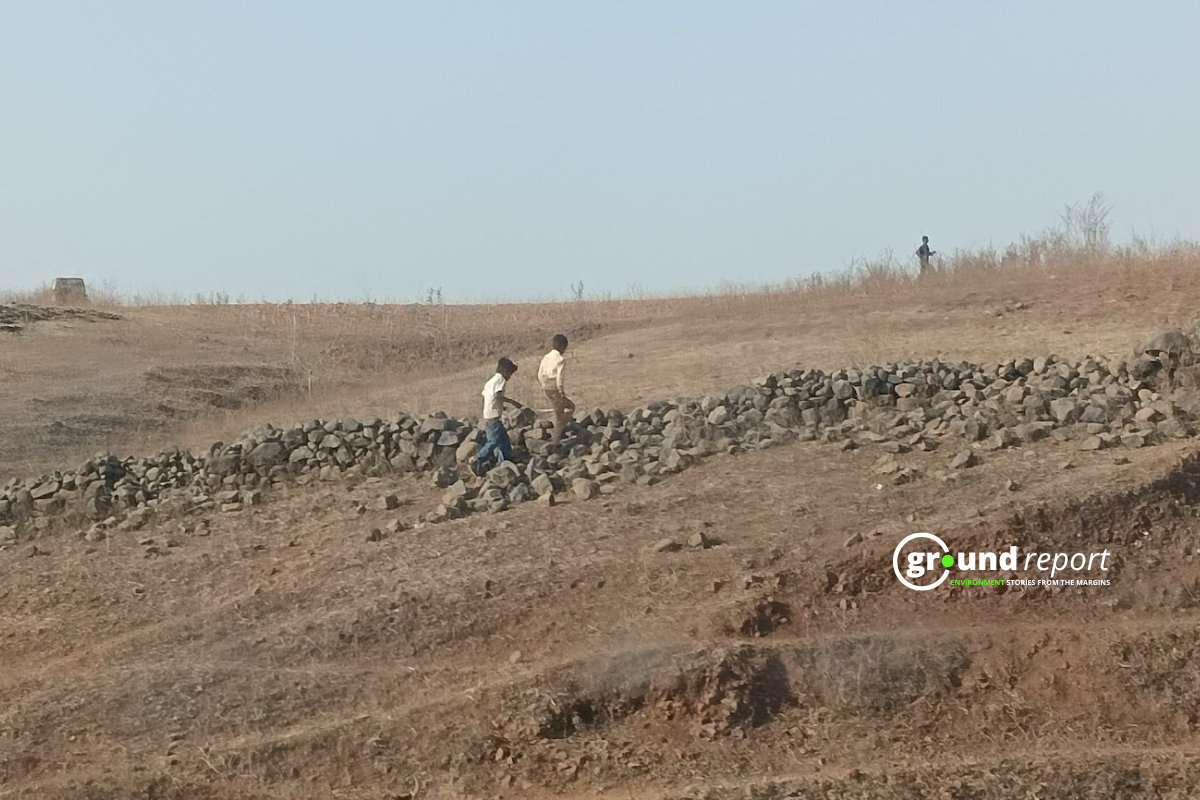Cyclone Remal hit India and Bangladesh on May 27, causing widespread destruction in the northeastern region of India and parts of Bangladesh, claiming nearly 50 lives. The storm brought heavy rains, thunderstorms, and winds up to 135 kilometers per hour (84 mph), damaging settlements, infrastructure, and agricultural lands.
In Mizoram, the hardest-hit state in India, the death toll from the cyclone has risen to 27, with bodies recovered from the Melthum, Hlimen, Falkawn, and Salem Veng areas of the capital Aizawl. The state government has announced a State Disaster Relief Fund of ₹15 crore (approximately $1.8 million) and an ex-gratia payment of ₹4 lakh (around $4,900) for the families of the deceased. Rescue operations continue as authorities fear the death toll may rise.
The cyclone has caused widespread damage. In Assam, four people died and 18 were injured due to heavy rainfall and strong winds. In Sonitpur district, a fallen tree injured 12 children on a school bus. Nagaland reported four fatalities and damage to 40 houses, while two people died and over 500 were injured in Meghalaya.
In a devastating incident in Mizoram’s Aizawl district, ten people died and several went missing after a stone quarry collapsed during heavy rain. The incident took place around 6 a.m. between Melthum and Hlimen on the southern outskirts of Aizawl town.
The cyclone caused widespread damage to infrastructure and agricultural lands. In Tripura, 686 electric poles, 234 kilometers of electric transmission lines, and 82 transformers were damaged, according to Power Minister Ratan Lal Nath. Additionally, 397 hectares of cultivable land belonging to 1,764 farmers were affected, leading to a cumulative loss of nearly ₹8.30 crore (approximately $1 million) and the damage of an estimated 384 metric tons of standing crops.
In Bangladesh, the cyclone claimed at least 10 lives, according to the country’s disaster management minister, Mohibbur Rahman. “3.75 million people have been affected…35,483 homes were destroyed,115,992 homes were damaged,” Rahman said.
The cyclone hit the coastal areas hard, blowing away thatched hut roofs and flattening mud houses. Residents in Bangladesh’s Mongla port and West Bengal’s Sagar Islands faced the worst of it, with many left homeless.
“When the water rises, we face many problems. Houses get submerged because the embankment is broken. There are no ferries to cross. When there’s a storm, everything floods,” said Rafiqul Islam, a resident of Bangladesh.
Authorities in India and Bangladesh mobilized relief efforts, evacuating thousands to safer shelters before the cyclone’s landfall. In Bangladesh, Sahid Hawladar, the team leader of the Center for Pandemic Preparedness, said, “We evacuated those outside the embankment to a safe haven. Before the cyclone, we encouraged people from surrounding villages to go to the shelter, and brought them to safety.”
The cyclone disrupted essential services, causing power outages in West Bengal, the Northeast, and Bangladesh. Flight operations at Kolkata’s international airport were halted for over 24 hours, leading to around 50 cancellations, and suburban train services were suspended.
Follow Ground Report for Environmental News From India. Connect with us on Facebook, Twitter, Koo App, Instagram, Whatsapp and YouTube. Write us on GReport2018@gmail.com and subscribe our free newsletter.
Don’t forget to check out our climate glossary, it helps in learning difficult environmental terms in simple language.






